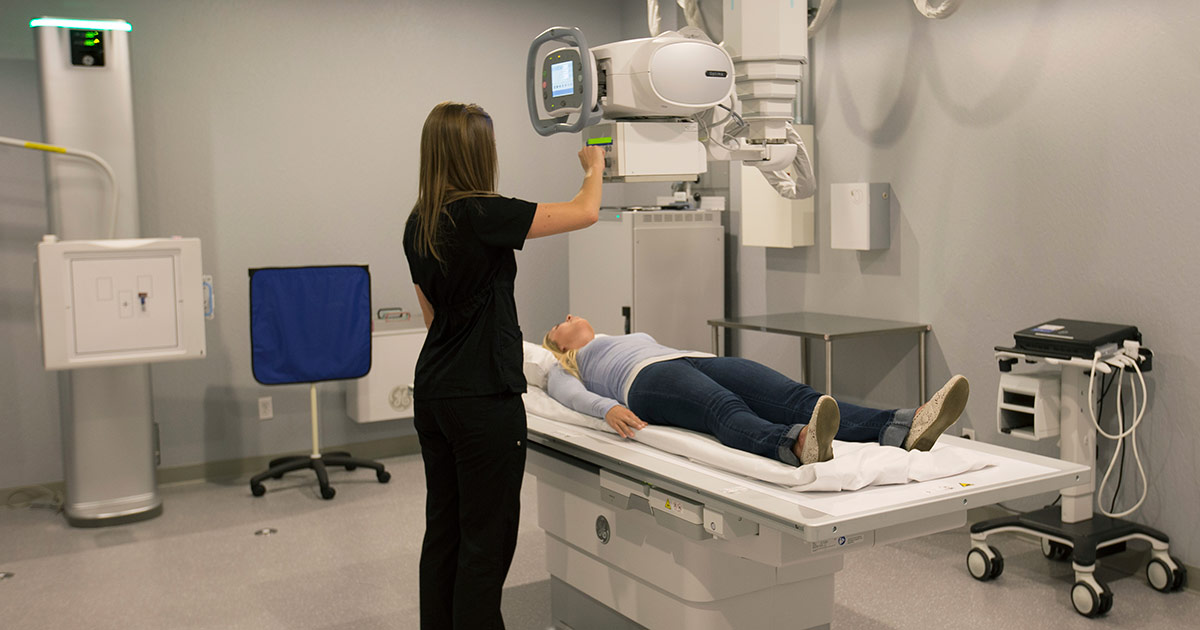Digital X-Ray
Ask the Experts
[gravityform id=”3″ title=”false” description=”false” ajax=”false”]
An X-ray is a common imaging test that’s been used for decades. It can help your doctor view the inside of your body without having to make an incision. This can help them diagnose, monitor, and treat many medical conditions.
Different types of X-rays are used for different purposes. For example, your doctor may order a mammogram to examine your breasts. Or they may order an X-ray with a barium enema to get a closer look at your gastrointestinal tract. There are some risks involved in getting an X-ray. But for most people, the potential benefits outweigh the risks.
Why is an X-ray performed?
Your doctor may order an X-ray to:
- examine an area where you’re experiencing pain or discomfort
- monitor the progression of a diagnosed disease, such as osteoporosis
- check how well a prescribed treatment is working
How is the procedure performed?
Once you’re fully prepared, your X-ray technician or radiologist will tell you how to position your body to create clear images. They may ask you to lie, sit, or stand in several positions during the test. They may take images while you stand in front of a specialized plate that contains X-ray film or sensors. In some cases, they may also ask you to lie or sit on a specialized plate and move a large camera connected to a steel arm over your body to capture X-ray images.
It’s important to stay still while the images are being taken. This will provide the clearest images possible.
Is It Safe?
X-rays are one of the oldest and most common forms of medical imaging. Doctors say the benefit of making the correct diagnosis outweighs the risks. Still, there a few safety issues to consider.
- Slight cancer risk: Too much radiation exposure can cause cancer, but the amount in an X-ray is generally low. Adults are less sensitive to radiation than children.
- Kids and X-rays: If your child needs an X-ray, the technician may restrain him to make sure he stays still. This will prevent the need for repeated tries. It won’t hurt him. If you stay in the room with him, you’ll get a lead apron to wear to prevent radiation exposure.
- Pregnancy: Tell your doctor if you’re pregnant or think you might be. She may use a different imaging test so your baby isn’t exposed to radiation.
- Reaction to contrast agen:. There’s a chance you could have an allergic reaction, but it’s rare.
What X-Ray shows?
Conditions that may call for an X-ray include:
- bone cancer
- breast tumors
- enlarged heart
- blocked blood vessels
- conditions affecting your lungs
- digestive problems
- fractures
- infections
- osteoporosis
- arthritis
What X-ray Doesn’t Show?
X-rays are great to check for broken bones or rotting teeth, but other imaging tests are better if you have something happening with the soft tissue parts of your body such as the kidneys, intestines or your brain.
Your doctor may order an MRI instead of an X-ray to diagnose injuries like a ligament tear in your knee or torn rotator cuff in your shoulder. MRIs can also show tiny fractures or bone bruises, which may not appear on an X-ray, and it is often used to diagnose a broken hip. And MRIs are a good tool to see spine injuries, as doctors can see both the bones in your spine and spinal cord.

 WhatsApp us
WhatsApp us